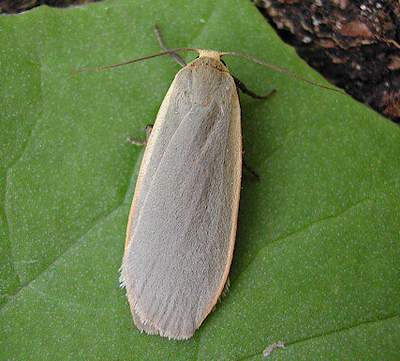The thing that caught my eye the most was a publication from the Butterfly Conservation on "The State of Britain's Larger Moths 2013". Okay, so it's a year out of date, but still fairly recent and very relevant in ecology.

Image from UKButterflies.co.uk
In the past couple of years, I've started to get much better at lepidoptera identification (moths, not so much, but I can do some of the basic ones), so this is a pretty interesting read. I haven't actually gotten through it all yet, but it's not too long; 30 pages. First off, its focus is larger, macro, moths, rather than micro-moths- there are more species of micro-moth in the UK, but they're much harder to identify, and a lot less striking than some of the big macros we get like Tiger, Silver Y and Burnet moths.
Sadly, like a lot of reports I've read over the past year (mostly for my dissertation or ecology modules at university), numbers of many species are declining. 2/3 of 337 species of larger moths declined over the 40-year study recorded in this report, which is a pretty dire situation, given the usefulness of moths in the environment, playing a key role for plant pollination, and insectivores that rely on moths as a food source. It's quite evident that habitat loss and reductions in biodiversity of many areas are not doing moths any favours at all. Agricultural intensification and changing woodland management largely seem to have negative impacts on moths, with fragmentation of habitats causing declines in species numbers.






Dusky Thorn, Spinach, Lackey, Garden Tiger, Grass Rivulet and Autumnal Rustic species all have declined by over 90% in the past 40 years. Images from UKmoths.org.uk
It's not all doom and gloom though; the report also shows that the 1/3 of moths that aren't declining in numbers are actually increasing. Homogenization of the moth species pool of the UK isn't great, but at least it's good news for some species, and not all are becoming rarer. As well as these moths on the increase becoming more abundant, their territories are also expanding, with species such as the Dingy Footman having a more widespread range.
I need to give this paper a bit more of a read (I'm still only halfway through clearing the piles of stuff all over the place), but a quick skim through shows it's not all bad for Britain's moths. I'll be interested to see what they suggest in the last couple of pages as ways to conserve moths, as a lot of public friendly leaflets tend to focus on small-scale changes you can make in your own back garden, rather than a larger impact that, from a glance, seems to be the focus of this paper.

Dingy Footman, Image from Suffolkmoths.org.uk
You can read the full report here.



















